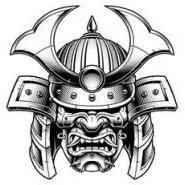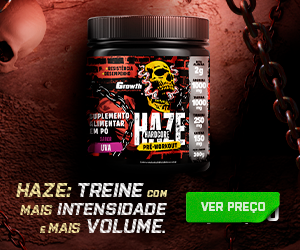Low Carb É Realmente Melhor Para Composição Corporal?
-
Quem Está Navegando 0 membros estão online
- Nenhum usuário registrado visualizando esta página.
-
Conteúdo Similar
-
- 26 respostas
- 2032 visualizações
-
- 37 respostas
- 2458 visualizações
-
- 2 respostas
- 431 visualizações
-
- 3 respostas
- 442 visualizações
-







Posts Recomendados
Crie uma conta ou entre para comentar
Você precisar ser um membro para fazer um comentário
Criar uma conta
Crie uma nova conta em nossa comunidade. É fácil!
Crie uma nova contaEntrar
Já tem uma conta? Faça o login.
Entrar Agora